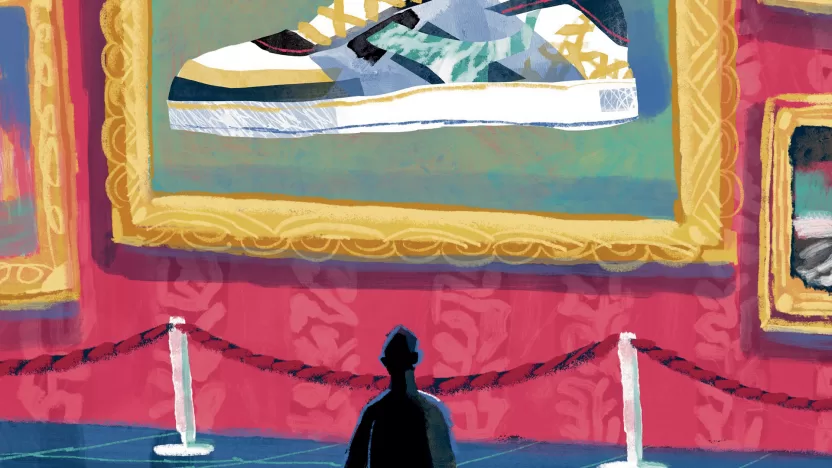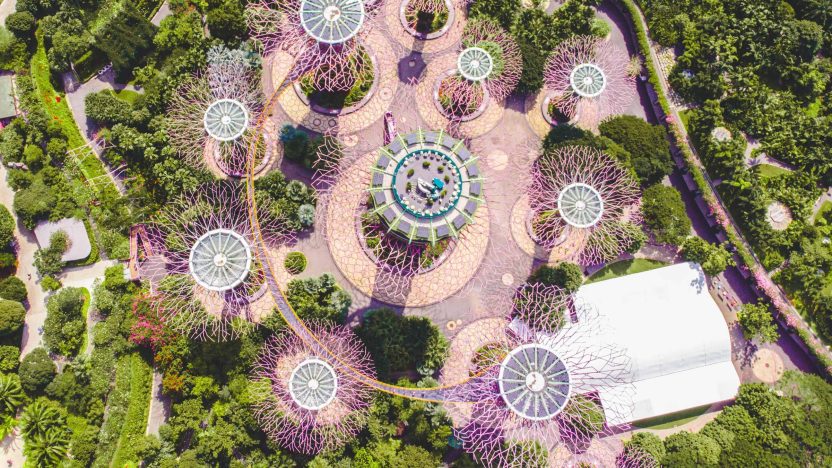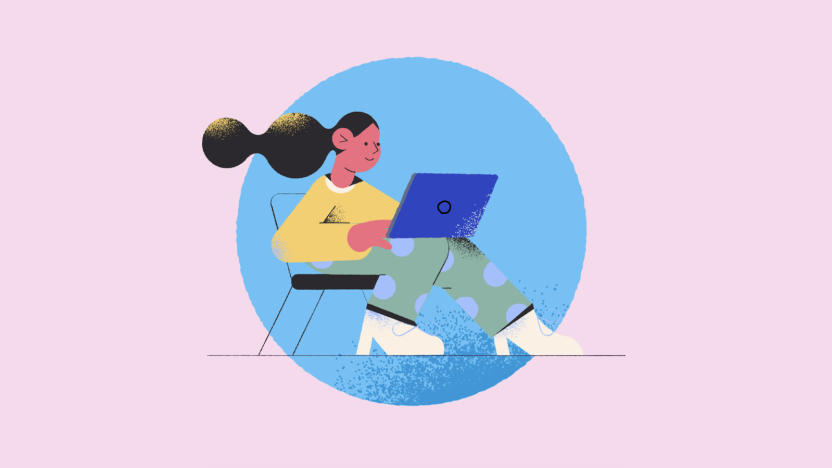The things surrounding us
Design, above all else, is the interpreter of a society, giving voice to its needs and values.
by Lorenzo Ruggieri

In a world where business, technology, and people come together to give life to increasingly systemic and complex projects, what role does design play? Nowadays, a single individual is no longer able to master all of the topics necessary to carry out a project from A to Z.
As a consultant at H-FARM and professor at Politecnico di Milano and other universities, I deal with strategic design and interaction design. When I graduated with a degree in design — at a time in which smartphones and social networks did not yet exist — all I wanted was to draw ”my own toys,” off-the-record, digital and electronic stuff. In the following years, I would see design take on extremely diverse, and more and more complex facets, changing so much that sometimes one might barely recognize it.
From the Industrial Revolution until a few years ago, the term product design referred to the definition of a physical product. Today, product designers are those who design apps and websites, therefore those who deal with digital projects. However, when I talk about a product, I am referring to anything that is the result of a design process, whether physical or digital, an experience or a platform, a business model or a communication campaign. They are all areas in which we have implemented projects, but in which skills have sometimes been mixed, because it was the project and the interest that guided it.
Design as an interpreter of society
It is therefore easy to understand how the sense of aesthetics and sensitivity to design give shape to realities that are much more articulated than that of a simple product. To capture people’s attention or make them live an experience, is not just about acting on their senses. When design condenses the values of a company into a project, and at the same time intercepts the values and passions of society, it goes beyond the simple realization of a product, and implements an authentic cultural operation. Design, above all else, is the interpreter of a society, giving voice to its needs and values. Design is a narrator of ourselves.
There was a time when going to a meeting with an Apple laptop was a self-declaration as a professional, and of one’s outlook on life. Not only did it serve to communicate something, but it outlined roles, that is those who owned a Mac had the image as a “creative” and they were expected to be treated accordingly.
We could say the same about a uniform or a policeman and their car: they are all objects with a strong semantic value, meaning that they communicate messages and define roles.
The objects we choose not only reflect our sense of aesthetics and share our passions, but also determine the relationships we establish with others.
From product to experience
Design has accepted the challenge of an increasingly complex world in which, thanks also to technology, people expect objects to be capable of offering more articulated and seductive experiences, and at the same time brands try to collect data for targeted audience communications. Hence, the increasingly central role of technology.
If, in the past, technology facilitated, above all, the transformation of materials — or, at most, the material itself was a core interest of design — in the new era, it’s a mix of different types of technologies which animate the panorama of the “things” surrounding us. In this world, objects are no longer just mainly inert, becoming protagonists only when people have to carry out an activity that needs their support. They are, instead, designed to attract our attitudes more and more effectively, and to “manifest” themselves all the time. Objects have become partners of our existence, with interfaces that allow us to infinitely expand the possibilities of interaction, and the amount of data that we can process. These augmented products transcend the mere nature of objects, to often become part of wonderful and engaging experiences.
Stories as a project framework
Any product is characterized by at least three stories. All three must be well written, because the product’s success (or failure) depends on them: I’m talking about the story between the designers and the brand, the one between the brand and the audience, and the one between the consumer and the product.
In this first step, we plan the path we will take to define the product we want to put on the market. Be it a service, a platform, or a campaign, before anything else, we plan the path we will take with our customer, to reach a joint outline of the best solution. It is therefore not a question of solutions or ideas, but of processes.
The second story is about communicating the product to the outside world. We must convince our audience of the goodness of our idea and its worth. However, there are projects that are not only meant to be communicated externally, but also towards the company’s internal community. In the latter case, I’m referring to projects born for the engagement of the corporate community, such as campaigns, services, or business games.
Finally, there is the story that we outline when we design the product, or how we imagine that the user, or users, will interact with it — be it a product, a campaign, a service, or a process. The outcome is always the result of a collaboration between a designer and a company.
Design and Inclusivity
Design has always had the aim of bringing different actors around the discussion table of a project. Over the years, the stakeholders to be involved have multiplied for each area, because the complexity of the world in which we move requires project teams to be increasingly varied and articulated.
Typically, design pays great attention to people as the core around which a project revolves. This implies that, in the construction of a project, we pay attention not only to the end customers, but also to the persons who carry out the whole project. Anyone who is part of the flow must be taken into consideration with their own peculiarities both as a person, but also in relation to the context in which they find themselves.
The second major player is the world of business, which, for example, ensures that the project is sustainable from an economic point of view. This implies that design had to learn to speak the language of the corporate world, to make conversations more fluid and effective.
Then, we have the world of technology, as we must guarantee the feasibility of our ideas. Precisely because projects have become so complicated, it’s almost impossible to master all of the necessary technologies. For this reason, it is important to bring on board anyone who will be involved in the realization or integration of our project and business systems from the very beginning.
Design complexity
Complexity is one of the main traits of our times. If, in the past, the production of artifacts was related to processes of transformation of matter, now it also relates to the dynamics of the digital world. This blend begins in the design phase, and then extends throughout the whole lifecycle of a product. The business models that have risen in the last decade move seamlessly between these worlds, minimizing friction in the steps to improve the user experience. Today’s designers, as evoked by Ernesto Nathan Rogers with his famous phrase “from the spoon to the city,” must act empathetically to understand people’s needs, and at the same time gather stakeholders around the table who guarantee technological feasibility and economic sustainability. Navigating through an economic system based on ever stronger connections, the momentum towards new adventures requires a growing degree of awareness, which derives from the analysis of the competitive sphere, but also drawing on experiences that serve as inspiration. These analyses are then turned into meaningful data — the basis for the construction of a new, sustainable system.
I am deeply convinced that the challenges of the dynamic world that we live in can be successfully dealt with only with a wide variety of skills and experiences, and an evolutionary approach to design.


